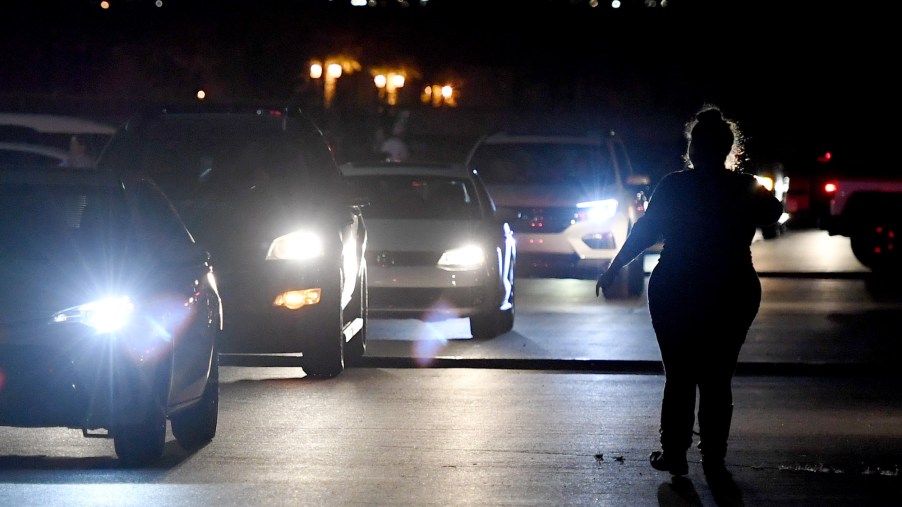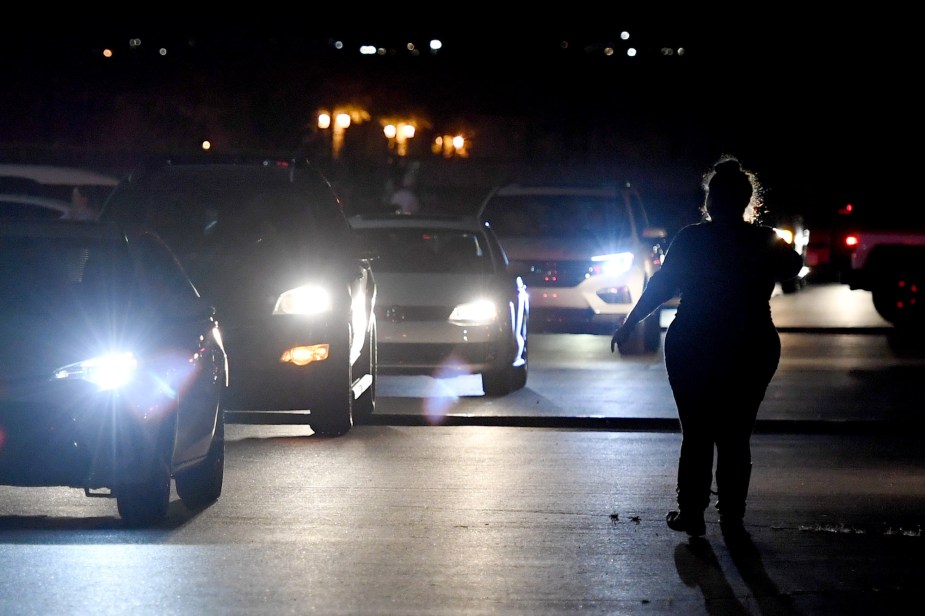
Why Do Headlights Get Cloudy?
Are your headlights shining brightly? If they aren’t, you may want to do something about them. Clean, clear, and bright headlights are essential when driving at night or whenever visibility is poor. Cloudy headlights are surprisingly dangerous no matter where you’re driving. However, they’re particularly dangerous when driving on poorly lit roads.
Headlight use is mandated between sunset and sunrise. Their use is also strongly recommended at dawn or dusk, during inclement weather, or in poor visibility. Whenever you need to use your headlights, it’s vital that yellowing or cloudiness isn’t compromising the light they produce.
Why headlights get cloudy

According to AAA, nearly all headlight covers are made of polycarbonate plastic with a coating to protect against sunlight damage. However, that protective coating breaks down with exposure to sunlight. The clouding and yellowing that result can reduce your headlights’ output by nearly 80%.
Your headlight covers will probably need replacing every three to five years, depending on how much driving you do during daylight hours. Where you do most of your driving can also affect this breakdown timeline. Sunny locales and the intense sunshine found at high altitudes will speed up the deterioration.
Ideally, you would replace your headlights when you notice a loss of light from them. However, this solution can get expensive. AAA estimates the cost of headlight replacement at $130 to $430, depending on whether you DIY it with aftermarket parts or spring for OEM parts installed by a professional. Fortunately, there’s another option that’s much less expensive.
How to restore your cloudy headlights
Your favorite local auto parts store probably sells headlight restoration kits. These kits typically include everything needed to restore your car’s headlights. If you’d rather use materials you already have on hand, Eire Insurance suggests gathering painter’s tape, high-grit sandpaper (2,500 and 3,200 grit), polishing compound, a clean microfiber towel, and UV sealant before getting started.
The goal of headlight restoration is to remove the oxidation on the polycarbonate housing. You’ll start by washing and drying the headlights. Then carefully tape off the area around the headlights to prevent damage to your vehicle’s paint. After that, it’s time to start wet-sanding with the 2,500-grit sandpaper. Take your time and do a thorough job for the best results.
Clean off the sludge and repeat the process with 3,500-grit sandpaper. After washing away the residue, apply the polishing compound and use the towel to rub it in using small, circular motions. Buff away the compound until the headlight is clear. Then apply the UV sealant to protect your newly clear headlights from the yellowing effects of the sun.
Be aware that your headlights won’t be “as good as new” if you go the restoration route. AAA estimates they’ll produce about 70% as much light as brand new headlights. However, this cost-effective option will only set you back roghly $20 if you DIY your headlight restoration or $190 if you have a professional do the job.
What to do after restoring your headlights
Whenever you’ve been messing around with your headlights, it’s essential to readjust their aim. Night driving is inherently dangerous. Anything you can do to improve your odds is worthwhile. You have mere seconds to avoid a collision, even with properly aligned headlights. Misaligned lights can cost you those precious seconds.
Your headlights should illuminate the road in front of you without glaring off the car in front of you or blinding a driver coming toward you. The accident you prevent by having properly aligned headlights may be your own.


